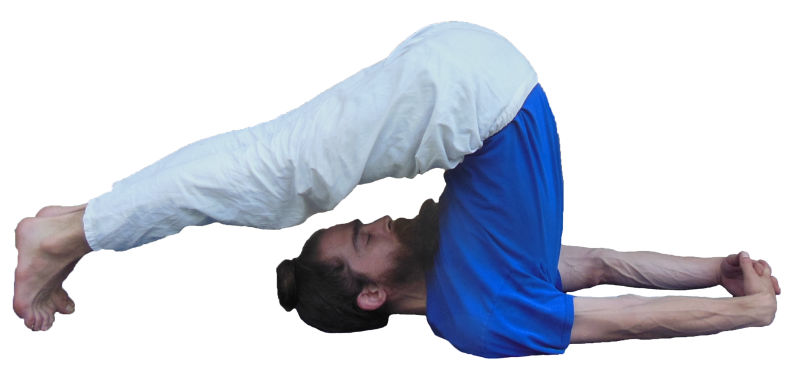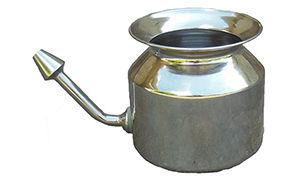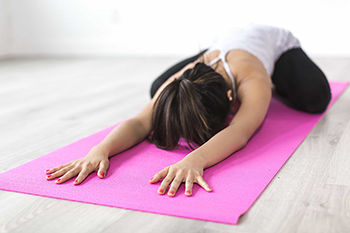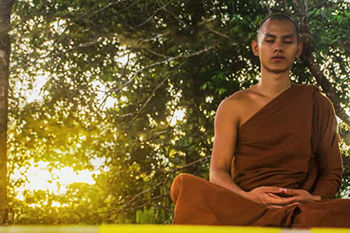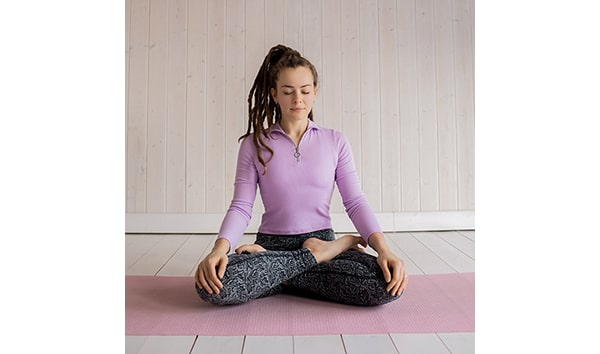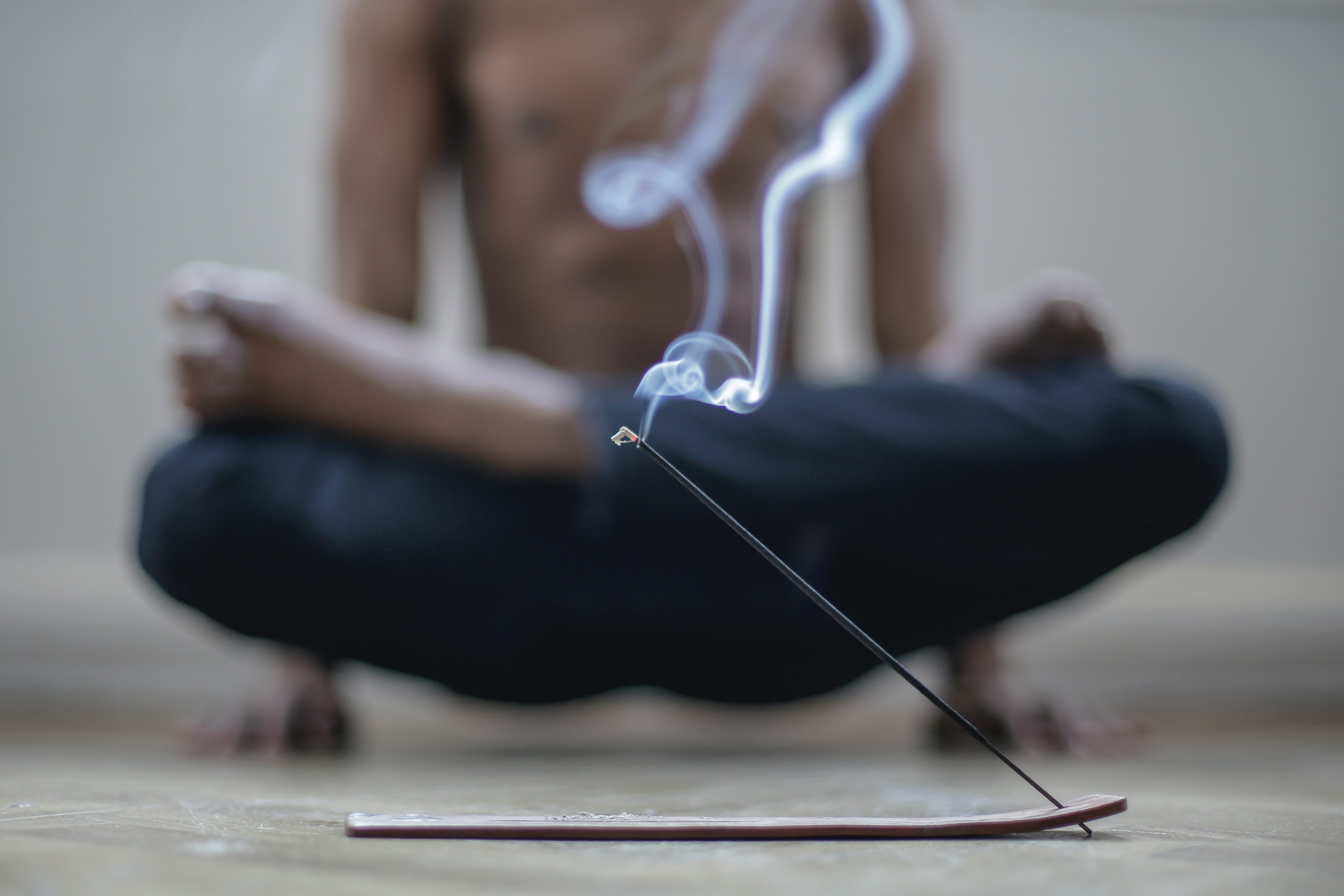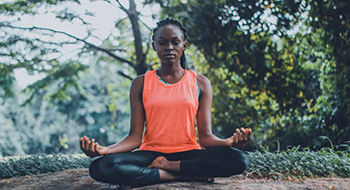Practice
Lie flat on the back with the legs and feet together.
Inhale placing the arms beside the body with the palms facing down.
Hold the breath while raising both legs to the vertical position, keeping them straight and together, using only the abdominal muscles.
Press down on the arms and lift the buttocks, rolling the back away from the floor.
Lower the legs over the head.
Try to touch the toes to the floor behind the head.
Do not force the toes to touch the floor.
Turn the palms up, bend the elbows and place the hands at the hips
Inhale relaxing and hold the final pose for as long as is comfortable.
Hold the breath while returning to the starting position by lowering the arms with the palms facing down, then slowly lower the back and buttocks to the floor.
Raise the legs to the vertical position.
Using the abdominal muscles, lower the legs to the starting position, keeping the knees straight.
